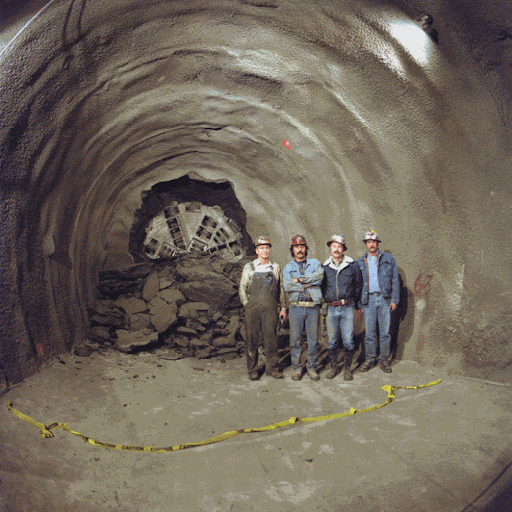

They are guided around the accelerator ring by a strong magnetic field maintained by superconducting electromagnets. The beams travel in opposite directions in separate beam pipes – two tubes kept at ultrahigh vacuum. Inside the accelerator, two high-energy particle beams travel at close to the speed of light before they are made to collide. The LHC consists of a 27-kilometre ring of superconducting magnets with a number of accelerating structures to boost the energy of the particles along the way. It first started up on 10 September 2008, and remains the latest addition to CERN’s accelerator complex.

Chemical company Magnablend bought the property and facilities in 2012, against some opposition from the local community.The Large Hadron Collider (LHC) is the world’s largest and most powerful particle accelerator. Collider Data Center has contracted with GVA Cawley to market the site as a data center. The property was finally sold in August 2006 to an investment group led by the late J.B. After the project was canceled, the main site was deeded to Ellis County, Texas, and the county tried numerous times to sell the property. The LHC eventually cost the equivalent of about 5 billion US dollars to build. The LHC, in contrast, took over the pre-existing engineering infrastructure and 27 km long underground cavern of the Large Electron-Positron Collider, and used innovative magnet designs to bend the higher energy particles into the available tunnel. The SSC cost was due largely to the massive civil engineering project of digging a huge tunnel underground. The SSC's planned collision energy of 40 TeV is almost three times the current 14 TeV of its European counterpart, the Large Hadron Collider (LHC) at CERN in Geneva.

However, in 1993, Clinton tried to prevent the cancellation by asking Congress to continue "to support this important and challenging effort" through completion because "abandoning the SSC at this point would signal that the United States is compromising its position of leadership in basic science". Many factors contributed to the cancellation: rising cost estimates poor management by physicists and Department of Energy officials the end of the need to prove the supremacy of American science with the collapse of the Soviet Union belief that many smaller scientific experiments of equal merit could be funded for the same cost Congress's desire to generally reduce spending the reluctance of Texas Governor Ann Richards and President Bill Clinton's initial lack of support for a project begun during the administrations of Richards's predecessor, Bill Clements, and Clinton's predecessors, Ronald Reagan and George H. Early in 1993 a group supported by funds from project contractors organized a public relations campaign to lobby Congress directly, but in June, the non-profit Project on Government Oversight released a draft audit report by the Department of Energy's Inspector General heavily criticizing the Super Collider for its high costs and poor management by officials in charge of it.Ī high-level schematic of the lab landscape during the final planning phases.Ĭongress officially canceled the project Octoafter $2 billion had been spent. Critics of the project (Congressmen representing other US states and scientists working in non-SSC fields who felt the money would be better spent on their own fields) argued that the US could not afford both of them. A recurring argument was the contrast with NASA's contribution to the International Space Station (ISS), a similar dollar amount.

In 1987, Congress was told the project could be completed for $4.4 billion, and it gained the enthusiastic support of Speaker Jim Wright of nearby Fort Worth, Texas. The project was cancelled in 1993 due to budget problems.ĭuring the design and the first construction stage, a heated debate ensued about the high cost of the project. Louis Ianniello served as its first Project Director for 15 months. The project's director was Roy Schwitters, a physicist at the University of Texas at Austin. Its planned ring circumference was 87.1 kilometres (54.1 mi) with an energy of 20 TeV per proton. The Superconducting Super Collider (SSC) (also nicknamed the Desertron) was a particle accelerator complex under construction in the vicinity of Waxahachie, Texas, that was set to be the world's largest and most energetic, surpassing the current record held by the Large Hadron Collider. Please do not visit without express permission from the land owner.


 0 kommentar(er)
0 kommentar(er)
